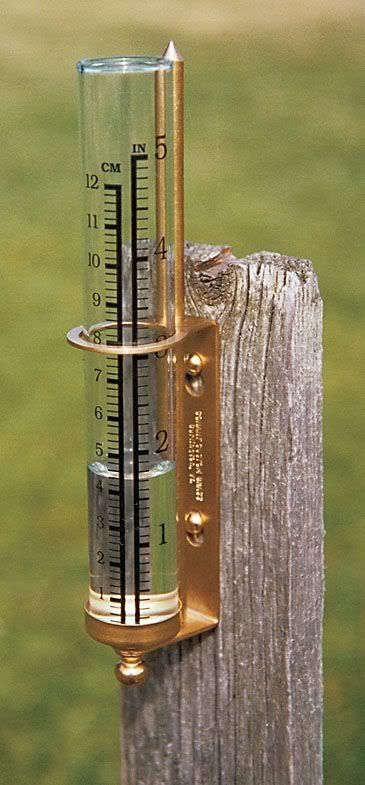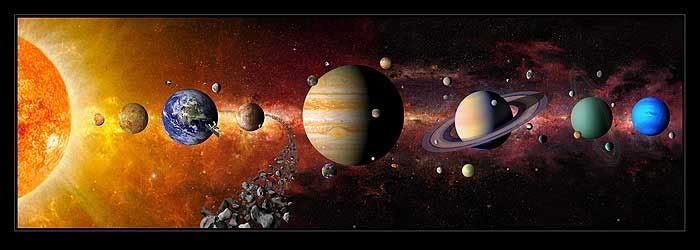Here is Earth... The place that you, I, everyone that's ever been and ever will be shall live out their lives. To date, it is the only place that we have found there to be life. But does that mean there's no chance for life elsewhere?
This is our solar system (not even close to scale). The third planet from our host star, is the place we call home. The rest of these planets are considered our galactic neighbors. Yet in this local group we already find ourselves having to question if life is unique to Earth. The continuing examination of Mars has found that the red planet once had an oxygen rich atmosphere, as well as liquid water. Chemical analysis by the Curiosity rover returned data that showed that Mars once supported the conditions and ingredients suitable for life. If life ever took root is the open-ended question, but Mars truly is an intriguing place that started out much like Earth.
Additionally, there are moons that are in the cross-hairs of the search for life. Europa (Jupiter) and Titan (Saturn) are the two most promising examples. Is there liquid water? Do they host life? Do they have the ingredients needed? Some think that the latter is certainly true, but future missions will have to answer those questions.
Taking another step back, this is the Milky Way galaxy. Our solar system is but one in the Milky Way. The arrow above shows where our sun lies in our galaxy. Our entire solar system is less than a single pixel in this image. Every speck of light is another star. Everything that is not black, is yet another star. In total, the number of stars in the Milky Way isn't known. But it is in the hundreds of billions of stars. That is hundreds of billions of suns, each a potential host to planets. Research has actually estimated that the Milky Way contains 100 billion 'Earth-like' planets, and substantially more non 'Earth-like' planets. What makes a planet 'Earth-like'? Generally they are rocky worlds that are the right size to have a proper atmosphere, and are also in the habitable zone on their star(s). If any of these planets hosts life is the big question, but there are certainly plenty of candidate planets in the Milky Way. But remember, the Milky Way is far from the only galaxy in the universe.
 |
| This is well worth clicking to look at in full resolution. |
Wrong! See that tiny little rectangle to the lower left of the moon? The Hubble image containing 5,500 galaxies was taken of that tiny blank patch of sky! Considering that, is it hard to imagine that there could be as many as a trillion galaxies in the universe, and maybe 50 sextillion 'Earth-like' planets in those galaxies. The numbers are simply staggering!
 So we once again reach our comparison to rain gauge Earth. Just as a rain gauge is but a tiny point in a rain storm, the Earth is a tiny place in the universe. We don't find it miraculous that a rain gauge collects rain drops because the storm clouds produce much more rain over great distances. Most of the rain misses the gauge, but some makes it in none-the-less. The Earth is the same way in the massive 'storm' of the universe. With so many potential worlds, is it so hard to expect that life would have arisen on at least one of those planets? We aren't surprised when a tiny minority of raindrops find the gauge rather than the ground. So why should we be surprised when at least one planet out of trillions actually supports life? In short, we shouldn't. Statistics actually tell us that of all the potential conditions, we should expect to find such planets.
So we once again reach our comparison to rain gauge Earth. Just as a rain gauge is but a tiny point in a rain storm, the Earth is a tiny place in the universe. We don't find it miraculous that a rain gauge collects rain drops because the storm clouds produce much more rain over great distances. Most of the rain misses the gauge, but some makes it in none-the-less. The Earth is the same way in the massive 'storm' of the universe. With so many potential worlds, is it so hard to expect that life would have arisen on at least one of those planets? We aren't surprised when a tiny minority of raindrops find the gauge rather than the ground. So why should we be surprised when at least one planet out of trillions actually supports life? In short, we shouldn't. Statistics actually tell us that of all the potential conditions, we should expect to find such planets.So lets not allow theists to claim that the odds of life on Earth is a sign that it all must be the work of a deity. The facts tell a different story. One that should make us amazingly grateful and proud of our rain gauge world. The Earth may be but a rain drop in the rain gauge of habitable worlds, but it's a beautiful one for sure.
-Brain Hulk
Please share, subscribe, comment and follow us on your favorite social networking sites!
facebook | google+ | twitter





No comments:
Post a Comment